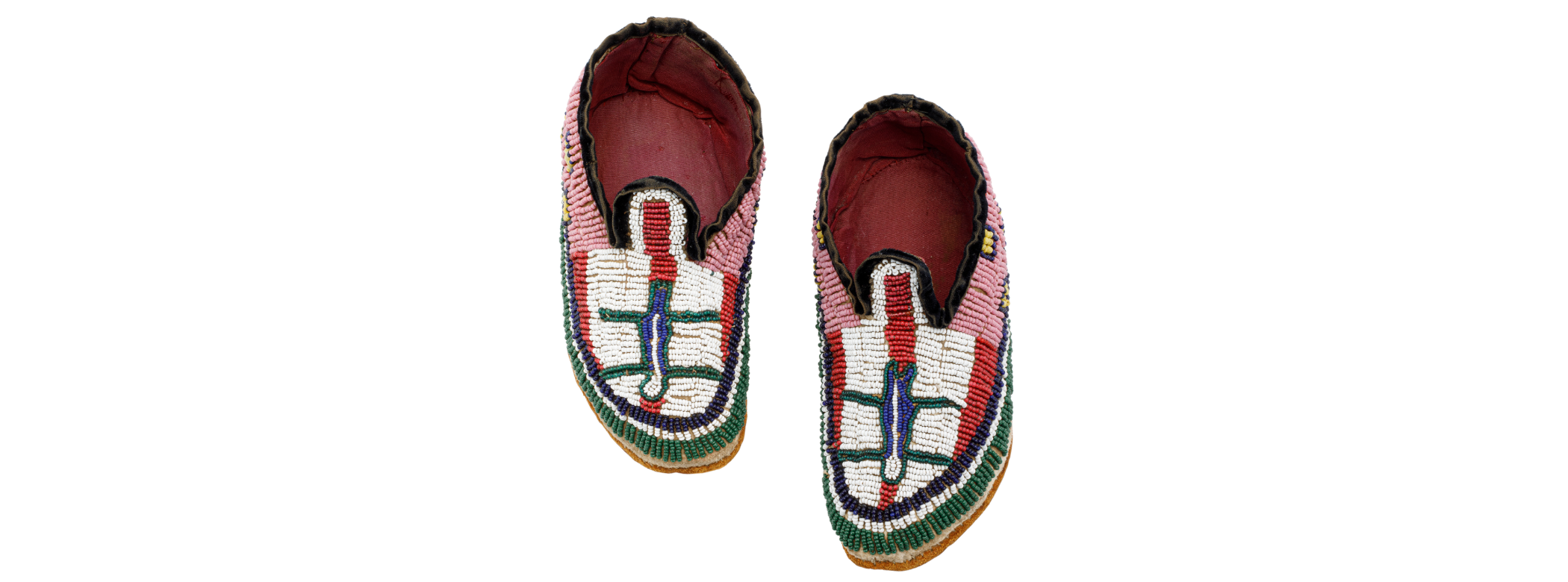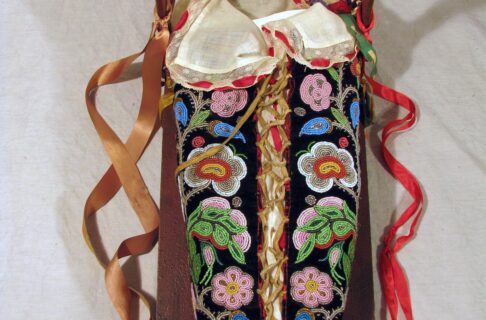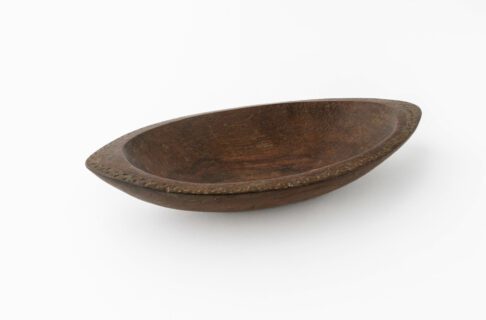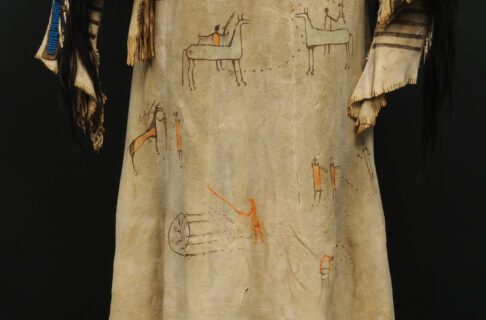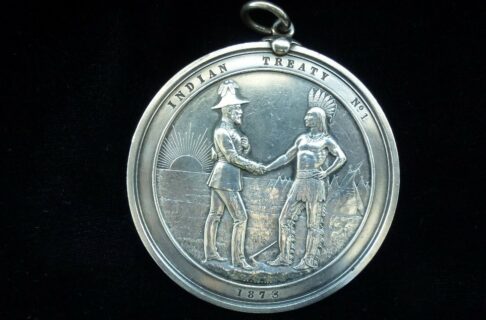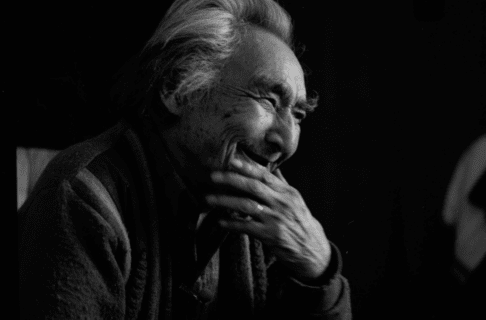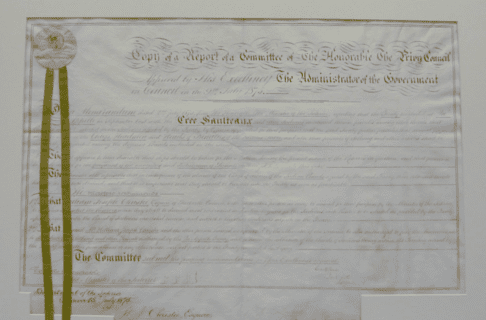The Anthropology collection contains objects, images, oral histories and other documents of cultural and historical significance pertaining to First Nations, Métis, and Inuit communities in Manitoba. There are also artifacts originating from northwestern Ontario and Saskatchewan, the southern prairie regions, the Northwest Territories and Nunavut. A small cross-cultural collection consists of items donated by individuals who worked or travelled in Africa, Australia, Central America, New Guinea, and the Pacific.
Now more than 17,000 artifacts, the majority of our holdings date back to the 1890-1940 time period. Many were collected by individuals who worked in Indigenous communities. The most historically significant artifacts are the early nineteenth century items that were collected by the artist Paul Kane, the early twentieth century Caribou Inuit objects assembled by Bishop Donald B. Marsh, and our large collection of early twentieth century northern Cree and Métis/Cree materials.
Much of our research is dedicated to discovering more information about our present collection. This involves working with communities; studying documents, images and oral histories held in archives; and comparing our holdings with those in other institutions. Ongoing collecting and research are constantly being redefined as a result of community consultation, with a special focus on residential schools, treaties, post-1870 life, and the contemporary traditional arts movement. Collecting is also guided by community-based input into the development of our permanent and temporary exhibits, such as the contemporary Wambdi Wacasta Tipi exhibit in the Prairies Gallery.




